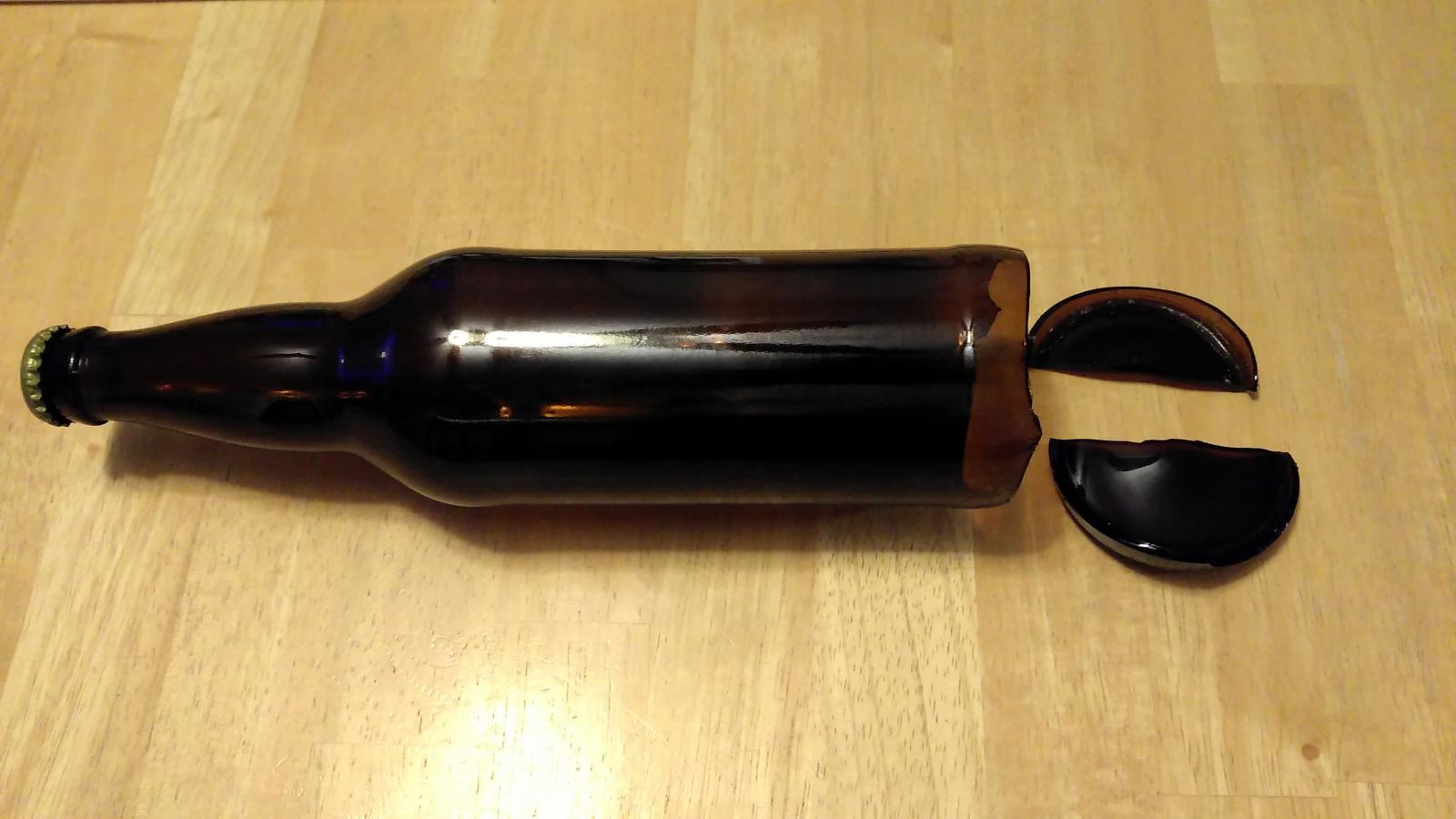Most of the time, maybe all of the time, the temp when I bottle is the highest temp after the end of fermentation, which will be whatever I've been controlling it to with a heat blanket or swamp cooler. But still, this is news to me. I'd never been entirely sure why the calculator had included temperature. I've never seen this in any of my readings. Why does it take more sugar/DME if the temperature was higher? Got any references you can point me to?
I opened another one this weekend that had been in the fridge for a week. It slowly but continuously bubbled. Had to pour slowly into 3 pint glasses to prevent bubbling over. So I bled off the pressure on a few bottles, re-tightened with a capper, then popped them in the fridge. We'll see how they turn out.

































![Craft A Brew - Safale S-04 Dry Yeast - Fermentis - English Ale Dry Yeast - For English and American Ales and Hard Apple Ciders - Ingredients for Home Brewing - Beer Making Supplies - [1 Pack]](https://m.media-amazon.com/images/I/41fVGNh6JfL._SL500_.jpg)


























